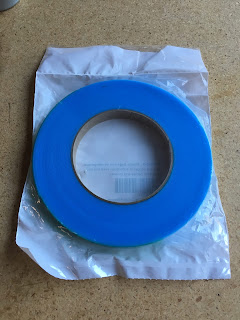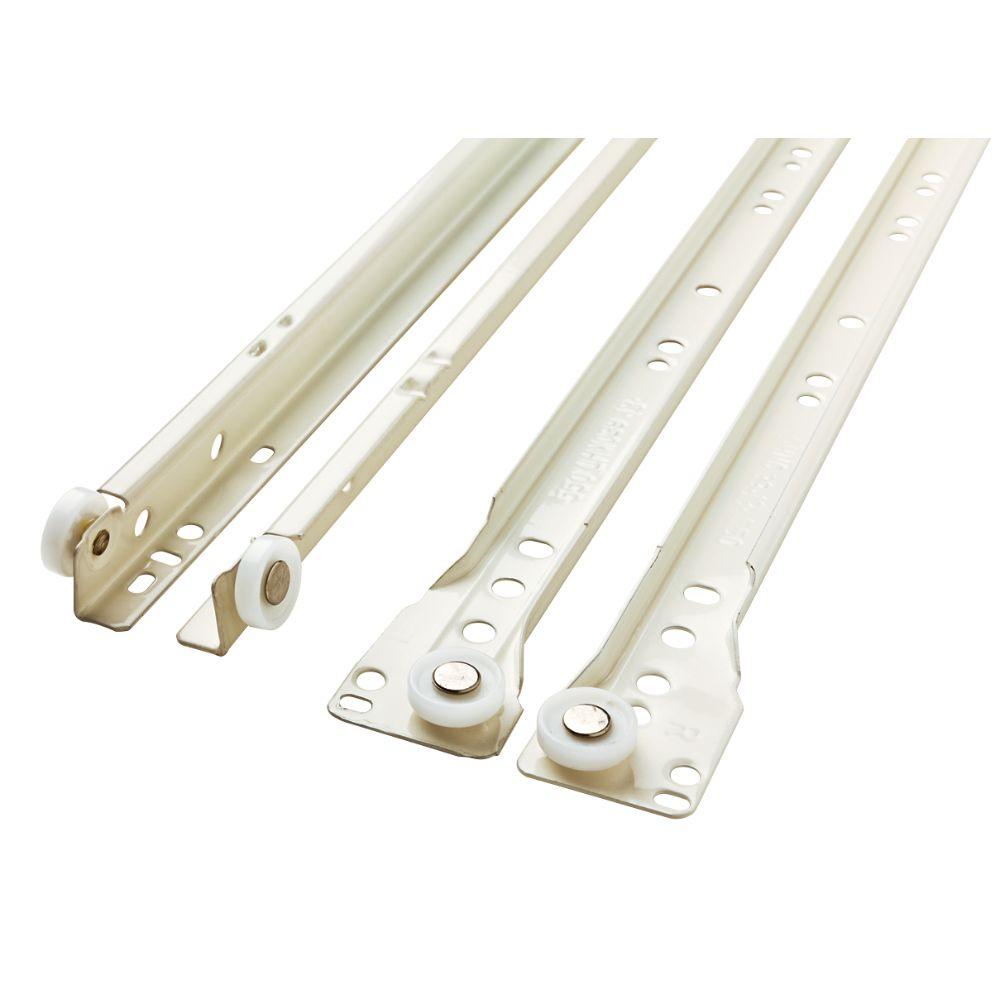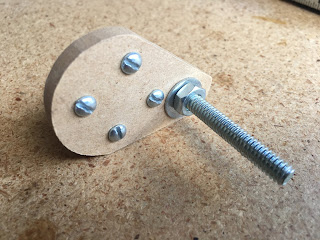Some of the items mentioned on this page are listed on my Bill Of Materials page.
Anti-friction
Early on I knew I did not want wood-on-wood contact for the push platform and the play field. Even if friction proved not of concern, I did not want the effects of wood-on-wood to eventually wear/scratch the final finishes (such as polyurethane). I found 3 possible solutions:Drawer Slide Tape
At first I was skeptical of how this would work long term. In my mind, it was just a thin piece of tape that would quickly wear out. When I opened the package I found it to be a thicker piece of acrylic with an adhesive on one side. My opinion of this turned cautiously positive.
Roller Balls
These are typically used with conveyor transfer systems. In my application I felt them a strong contender but was concerned about noise they made when I held them upside down and pushed them around on a table.
Drawer Slides
These come in all types and are commonly used for kitchen and desk drawers. While researching other DIY builds I found these to be used frequently. For me, I really did not want to take on the task of installing drawer slides so, for my initial testing, I decided not to try this solution.
Preparing The Motor
First thing I needed to do was build an arm attachment for the motor. I want 2" of platform movement so I my design has the arm 1" away from the center of the motor's shaft. To attach the arm to the motor I used a flange coupling.
Platform Mock-Up
Since I wanted to test three scenarios - straight wood-on-wood, slide tape, and roller balls - I decided to make three separate push platforms.
With those made I then attached the motor to it's base.
And then I put it all together.
For testing the different platforms I can easily change them out by unscrewing the motor's support, swap the board, and reassemble. I did add some heat shrink tubing on the motor's bolt to help reduce any drag by the bolt's threads eating into the wood as it rotated around.
Here is the first run with the non-friction-aided platform.
I decided to add a little weight to the platform and see what affect it had.
Then I decided to increase the weight some more.
I am quite impressed with this little motor. With the added weight it does show some jumping. I decided to test the slide tape. I attached 2 strips to the bottom of another platform.
After swapping out the board I tested it with the same drill and noticed no jumping so I decided to challenge it more. I placed a 7+ pound weight on it and did not see any negative impact.
I am very impressed with the torque this motor has. I totally realize that my tests have far exceeded the expected use in my coin pusher but I wanted to see how close I was to the breaking point of the motor and it was no where in sight. Also, seeing how well the tape worked I decided not to even bother with the roller balls test. Later, if I find that the tape has worn, it will be easy to remove the platform and replace the tape.
So, some decisions made here...
- Will definitely use this motor
- Will use the tape as an anti-friction method



















No comments:
Post a Comment